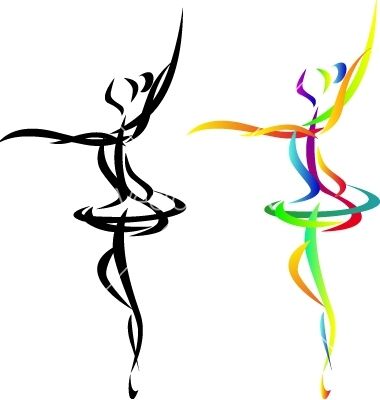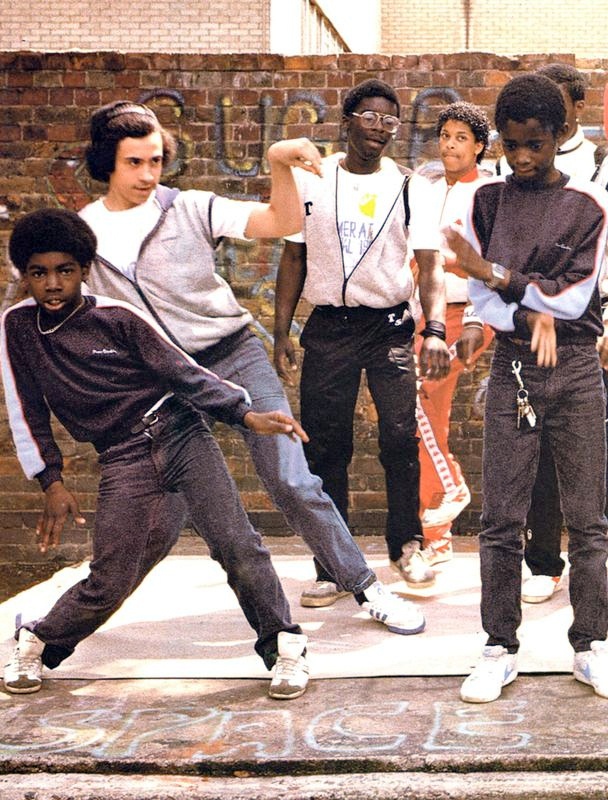How to do the holy ghost dance
Pentecostal Beliefs of Dancing in the Spirit
LINDSEY LANDIS
29 SEP 2017
CLASS
... Chris Hondros/Getty Images News/Getty Images
The Pentecostal Church has its foundation in the story of Pentecost -- when the holy spirit entered the bodies of the apostles. Acts 2:2-4 states: "Suddenly a sound like the blowing of a violent wind came from heaven and filled the whole house where they were sitting. They saw what seemed to be tongues of fire that separated and came to rest on each of them. All of them were filled with the Holy Spirit and began to speak in other tongues as the Spirit enabled them." Modern Pentecostals believe that they can be entered by the holy spirit, which manifests itself by spontaneous dancing, collapsing and speaking in tongues.
Explore this article
- Dancing in the Spirit
- Rejection of Choreography
- Speaking in Tongues
- Slain in the Spirit
1 Dancing in the Spirit
Dancing in the spirit refers to spontaneous dancing that occurs during a Pentecostal worship service. The worshiper is overtaken by the power of the holy spirit and begins to move uncontrollably. The dance is unchoreographed. The dancer closes his or her eyes, yet does not bump into any other person or object thanks to the guidance of the spirit. Worshipers are encouraged to keep their attention on God and ignore the physical manifestations of other worshipers during the service.
2 Rejection of Choreography
The Old Testament book 2 Samuels 6:14 states, "And David danced before the Lord with all his might." Pentecostals believe that this was not an example of dancing in the spirit. Dancing was an integral part of worship during the early years of Christianity. However, David's joyous expression of his faith is used as a basis for choreographed, liturgical dancing in many other churches, but is rejected by the Pentecostals, who believe that dancing in the spirit should rise up spontaneously out of the soul and not be planned.
3 Speaking in Tongues
In addition to dancing in the spirit, Pentecostals may also speak in tongues when they are possessed by the holy spirit. The apostles received the ability to speak in many languages at Pentecost, so that they might go out and spread the word of God. However, the "tongues" of Pentecostals may sound like high-pitched yelps and trills and do not resemble any known language.
The apostles received the ability to speak in many languages at Pentecost, so that they might go out and spread the word of God. However, the "tongues" of Pentecostals may sound like high-pitched yelps and trills and do not resemble any known language.
4 Slain in the Spirit
Another manifestation of the holy spirit is known as being "slain." Worshipers fall backward into the arms of other worshipers or prostrate on the ground when they feel overwhelmed by God's power. However, Pentecostals are warned against "courtesy falls" and are encouraged only to collapse when they are truly consumed by the spirit.
references
- 1 AG.org: Modern Day Manifestations of the Spirit
- 2 Biblegateway: Acts 2:2-4
- 3 Biblegateway: 2 Samuel 6:14
About the Author
Lindsey Landis has more than seven years of combined writing, editing and marketing experience in the book publishing and media industries. She holds a journalism bachelor's degree from Indiana University and studied art history at the Universita di Bologna in Italy. Landis currently works at the Chicago Reader and manages her own author development services company.
She holds a journalism bachelor's degree from Indiana University and studied art history at the Universita di Bologna in Italy. Landis currently works at the Chicago Reader and manages her own author development services company.
Related Articles
The Holy Ghost doesn’t make you dance – Keep Calm & CARRIE On
Because of the time this blog took, we’ll pick up my music critique next Monday. I wish I had time to do both. Work takes up too much time for important stuff like blogging. SMH.
I saw this video this morning. I chuckled. I reposted the original link and said ‘they are imitating some adult. What are they shouting about? Spongebob?” It sparked an interesting discussion on my post and the original post had thousands of comments. So, you know me… I had to blog about it.
[[For my white friends who have never been to a black church. We do some crazy stuff and you are welcome to message me with any questions and/or come to my church Sunday for 10am service. Don’t be alarmed if somebody runs by you or starts screaming out of NOWHERE. It’s hard to be black, we let it all of our black frustrations out in church ]]
Don’t be alarmed if somebody runs by you or starts screaming out of NOWHERE. It’s hard to be black, we let it all of our black frustrations out in church ]]
What those 4 little beautiful black boys were doing was cute and it made me laugh. But it was NOT the Holy Ghost. I’m happy somebody took them to church and I’m happy they can have fun in church. I’d rather them imitate somebody shouting than Chief Keef, yes. But I don’t want them to imitate anybody. I want them to gain the knowledge/belief of God, Jesus and the Holy Spirit and live a life accordingly. If being in church was enough, a few more of us may be saved. Amen lights.
Do I shout in church? Rarely chile. I don’t do public displays of emotion well. I don’t do private emotion well. LOL. But I actively participate in service. I’ve been in church since I was 8 days old. I know how to do church. I know when and what to do. I know what to say when and where. Doing church has nothing to do with Jesus. I’ve been in plenty of services and not encountered God for myself. A lot of it has been just going through the motions, doing what I’m supposed to do on Sunday. That’s why I stopped going a lot in college. Another blog for another day…
A lot of it has been just going through the motions, doing what I’m supposed to do on Sunday. That’s why I stopped going a lot in college. Another blog for another day…
On this video I kept seeing people talk about the ‘Holy Ghost’ and I’m thinking ‘what does the holy ghost have to do with any of this?’ Yall really think the Holy Ghost is responsible for this clowning? Chiiiiiile.
I would argue that the black church is confused about the Holy Spirit/Ghost and what its role is in our lives and in the trinity (Father, Son, Holy Spirit/Ghost). Some denominations believe that “receiving the Holy Ghost” and salvation is two different things, I do not. Again, different blog for a different day. Paul is clear that ALL believers of Christ get the Holy Ghost. God in three persons works in three persons. Not separately.
(The white church could be confused to, but I’m not part of one and my experiences in the white church are limited. I don’t know WHAT the white Holy Ghost does.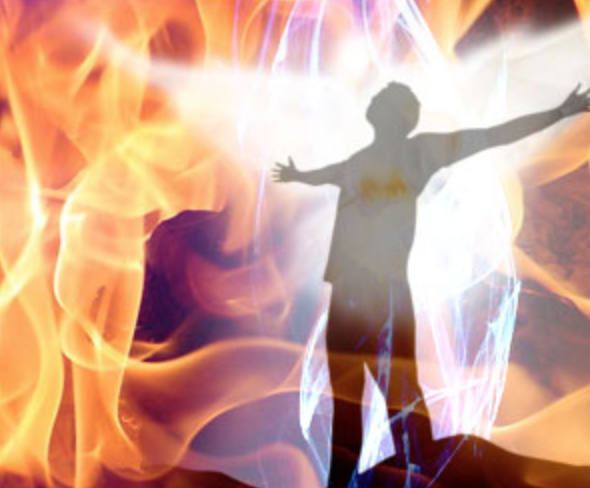 I got any white friends that will take me to church?)
I got any white friends that will take me to church?)
Now that we have that established, let me tell you why what RayRay TayTay DayDay and LayLay were doing was NOT the Holy Ghost. In order to properly praise God, I believe you must have an understanding of sin and Calvary. I’m 26 and I don’t fully understand it so I know these little boys don’t. They would dance if Chuck E. Cheese or Santa Claus came in too.
The big misconception is that the Holy Spirit makes us dance, shout, foam at the mouth and other physical displays. That’s not the Holy Spirit. That’s our human emotions. We could be displaying human emotions because we are overwhelmed at the person and works of God, but we could also be displaying these emotions to impress people.
Nothing is wrong with emotional displays in church, but the Holy Spirit isn’t responsible for it. It is just much bigger and more complex than that. If I’m going to tell you what the Holy Spirit does NOT do. I’m going to tell you a couple of things that it DOES do.
Here are 3 things out of MANY that the Holy Spirit does in our lives.
The Holy Spirit gives us a God consciousness. (John 16: 7-11) It convicts us when we are doing something wrong. Outside of the Holy Spirit we would sin and not have a problem with it. Inside of the Holy Spirit, our sin grieves us and we are called to repent. The Holy Spirit puts God’s truth in our hearts and minds. Jesus left the Holy Spirit here with us as a ‘help mate’ to compensate for his absence. (John 14:16)
The Holy Spirit produces God’s fruit. (Galatians 5:16-24) The fruits of the spirit are Love, Joy, Peace, Patience, Kindness, Goodness, Faithfulness, Gentleness and Self-Control. (Some of the fruits of the flesh are jealousy, anger, drunkenness, idolatry, sexual immortality). I am not naturally a patient person. The Holy Spirit pours patient seeds in my heart daily with these co-workers of mine, honey. What does the fruit of the spirit does he pour into you?
The Holy Spirit is a translator.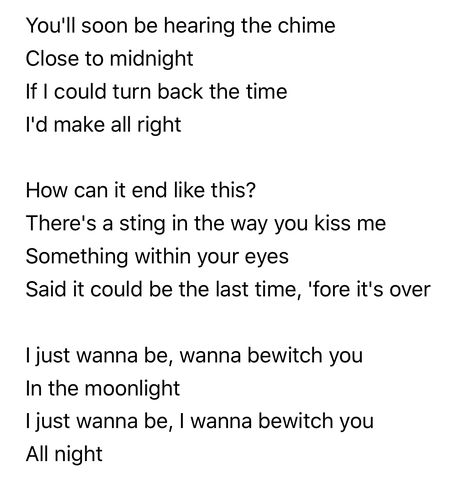 (Romans 8:26-28) I was at waffle house the other day and these 2 ladies were eating. One of the ladies didn’t speak any English, so her friend had to tell the server what she wanted. The lady didn’t know the proper way to tell the server what she wanted, so her friend interceded for her. “She wants coffee and cream, water no ice. Her steak well done” (I’m about to shout)
(Romans 8:26-28) I was at waffle house the other day and these 2 ladies were eating. One of the ladies didn’t speak any English, so her friend had to tell the server what she wanted. The lady didn’t know the proper way to tell the server what she wanted, so her friend interceded for her. “She wants coffee and cream, water no ice. Her steak well done” (I’m about to shout)
Sometimes, I don’t even know what to ask for. But I can still cry out to God and the Holy Spirit will intercede for me. “Lord, send her some peace, some self-control. Let her learn how to shut her mouth.” (LOL)
The Holy Spirit is so much more than shouting in church. We receive the gift of the Holy Spirit when we establish a faith in Christ Jesus. Those sweet little boys are imitating their parents, aunties, older siblings or somebody and the Holy Ghost had absolutely nothing to do with it.
Thank you for your support, please continue to read and share with your friends 🙂
CGW
Like this:
Like Loading. ..
..
A ghost wanders
“La Bayadère” by L. Minkus. Photo by Yan Revazov"La Bayadère" by Marius Petipa - Alexei Ratmansky in Berlin.
If anyone thinks that La Bayadère at Berlin's Bebelplatz belongs to Ratmansky - or, as the premiere booklet ardently assures, to Marius Petipa - he is gravely mistaken.
This is the brainchild of Tim Renner, a former pop producer and cultural secretary of the mayor of Berlin, who has decided to overcome social tensions in a rapidly rising city. Attempts to reconcile the lordly Zehlendorf with Neukölln, barely distinguishable in the clubs of hemp smoke, he began with the dismissal of Frank Castorff from the Volksbühne and the appointment of Sasha Waltz, the diva of modern German dance, as quartermaster of the Berliner Staatsballet.
The ballet troupe, emboldened by the noisy protests even for Berlin in defense of the offended director Castorf, decided to revolt too. Renner, pouring another fire, sent the former director of the Swedish Ballet Johannes Ehmann to help Waltz, who was little experienced in pure classical positions.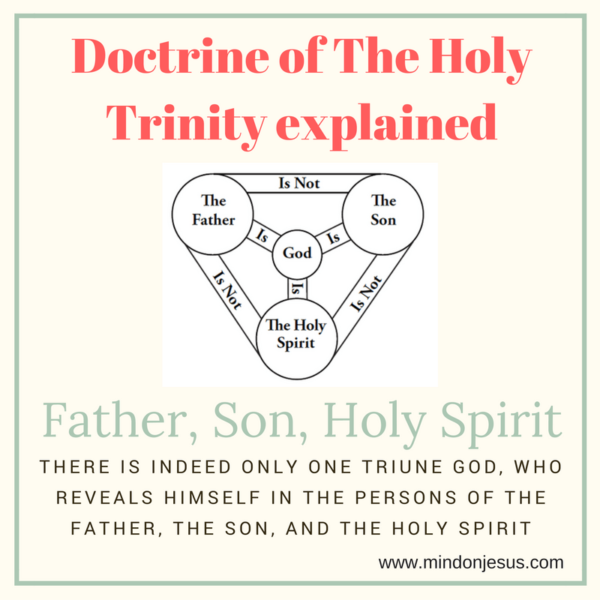
Surprisingly, it was Aleksei Ratmansky, the man who, with his Dreams of Japan and The Pleasures of Mannerism, gave a high-voltage discharge to the numbing troupe of the Bolshoi Theater twenty years ago, turned out to be a calming pill for the capricious team and frightened sponsors. Now the choreographer has revived the old La Bayadère, and she happened to find herself in the city with the most cheerful districts in Europe, where, in addition, there are two artists of all genres and nationalities per ordinary resident.
Yulia Yakovleva once called the multi-act imperial ballets monsters. In today's Berlin, the role of monsters is played, rather, by the seven-hour vigils of the same Castorf with stage miracles like the Grand Inquisitor running on the roof or a talking crocodile. It is not surprising that the reconstruction of Ratmansky in this context looks somewhat frail.
The new "La Bayadère" was worked out by Ratmansky - as before the Munich "Paquita", the New York "Sleeping Beauty" and the Zurich "Swan Lake" - based on dance notations by Nikolai Sergeev, performed in St. Petersburg on the beginning of the 19th00s and now stored at Harvard University. La Bayadere in this series looks like a dignified vintage, a performance that would be quite appropriate in Zurich or Moscow. But for Berlin, with its exceptional arrogance, familiarity and arrogance - even the waiters "poke" here - "La Bayadère" is reminiscent of going out in diamonds to a party in Kreuzberg.
Petersburg on the beginning of the 19th00s and now stored at Harvard University. La Bayadere in this series looks like a dignified vintage, a performance that would be quite appropriate in Zurich or Moscow. But for Berlin, with its exceptional arrogance, familiarity and arrogance - even the waiters "poke" here - "La Bayadère" is reminiscent of going out in diamonds to a party in Kreuzberg.
The diamonds, however, are not quite real: Ratmansky refused to restore the stage design, contemporary to Sergeyev's recordings. The long defile of the second act unfolds on a plot of land with an arbor, the design of which is painfully familiar to all fans of FBK reports from official dachas. From the brilliance of the jewelry of Queen Gamzatti, the eyes hurt so much that when the stones from the same box end up on the shalwars of the desperate bayadère Nikiya, I want her to move less often.
Earthquake of the second plan
As it often happened with Ratmansky before, it is difficult to understand where he is seriously reconstructing the ballet-from-the-repertoire-of-the-Imperial-Mariinsky-Theatre, and where not.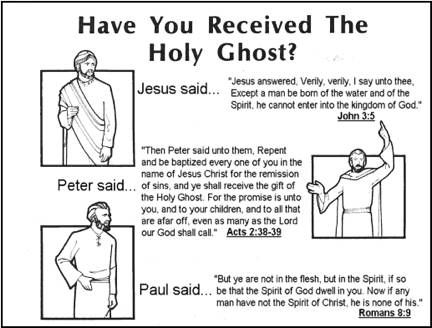 Nevertheless, it is difficult to deny the artisanal cynicism of the directors, who skillfully maneuver between the audience's and the director's expectations.
Nevertheless, it is difficult to deny the artisanal cynicism of the directors, who skillfully maneuver between the audience's and the director's expectations.
Set designer and costume designer Jérôme Kaplan bontonously rustles with close tones in outfits and dazzles with gilded art deco hotel lobbies, which are strongly associated with “chic” in the understanding of the age audience of German operas and philharmonic halls. Respecting the German tradition of saving on personnel, the directors did not take into account Petipa's request for crowds of extras, and the longed-for earthquake in the last act was staged in the form of an inexpensive 3D installation. The risk that Trezor and Berghain regulars, tempted by all sorts of visions, will wander into the performance is zero, and shoveling authentic papier-mâché rubble, blowing smoke and throwing ashes on artists is an expense and inconvenience that the theater does not need.
As for the actual dances, the Berlin La Bayadère represents that rare case in ballet authenticity when what is important is not what is restored, but what is cut out. Ratmansky, as expected, lowered the Soviet testosterone in the performance by removing the male variations of the work by Chabukiani and Zubkovsky. The ballet has lost its main attraction - big jumps, but it has become much more detailed and closer to the plan of the stage in the parterre steps. Gamzatti in the wedding pas d'action, instead of pompous jets, flutters in the air with rare garguiades. They jump on pointe shoes sparingly, but unusually often - on half-toes. In addition, the struggle with lifting legs and upper supports, which has become a trademark of Ratmansky's reconstructions, confidently lands all the dance mechanics on the floor below, forcing, in the words of Gauthier, "the sky to dream of the earth."
Ratmansky, as expected, lowered the Soviet testosterone in the performance by removing the male variations of the work by Chabukiani and Zubkovsky. The ballet has lost its main attraction - big jumps, but it has become much more detailed and closer to the plan of the stage in the parterre steps. Gamzatti in the wedding pas d'action, instead of pompous jets, flutters in the air with rare garguiades. They jump on pointe shoes sparingly, but unusually often - on half-toes. In addition, the struggle with lifting legs and upper supports, which has become a trademark of Ratmansky's reconstructions, confidently lands all the dance mechanics on the floor below, forcing, in the words of Gauthier, "the sky to dream of the earth."
The same part of Nikolai Sergeev's manuscripts, where the abstract signs of conditional pas end and the mimic action recorded in words begins, is traditionally more difficult for decipherers. No matter how Ratmansky tries to make the scenes more dynamic, the departures and appearances faster, and the silhouettes sharper, the audience toils for almost an hour in anticipation of the next divertissement.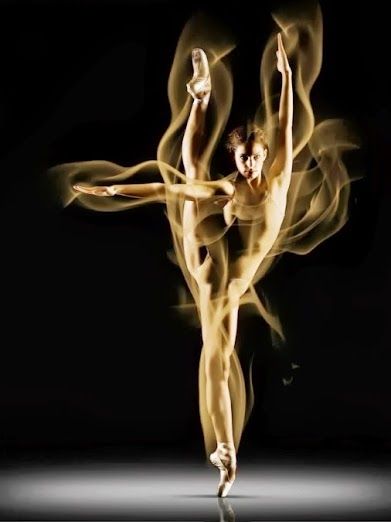 The point, perhaps, is that authentic ballet is being shown to an inauthentic viewer spoiled by YouTube, but it’s still hard to believe that what is happening is the result of a centuries-old struggle of reformist choreographers for the synthesis of dance and facial expressions.
The point, perhaps, is that authentic ballet is being shown to an inauthentic viewer spoiled by YouTube, but it’s still hard to believe that what is happening is the result of a centuries-old struggle of reformist choreographers for the synthesis of dance and facial expressions.
On the stage is the same sparse pantomime dictionary from Petipa's Soviet editions, mistakenly considered modern in 1877, the year of the premiere of La Bayadère, and consisting of a dozen gestures, which, it must be said, Soviet artists handled much more deftly than the Berlin international troupe. Unless Nikiya - Polina Semionova unexpectedly intelligibly even for the third tier explained to the Great Brahmin why she would not respond to his love.
Petipa's peculiarity is not so much in the masterful weaving of the choreographic text of variations, but in the ability to easily and effectively mix narrative and pure pittoresque. Bournonville sculpted a typewriter with fluttering wings behind his back to imitate flight; Petipa in the painting "The Kingdom of Shadows" had enough arabesque and a piece of tulle to designate this flight.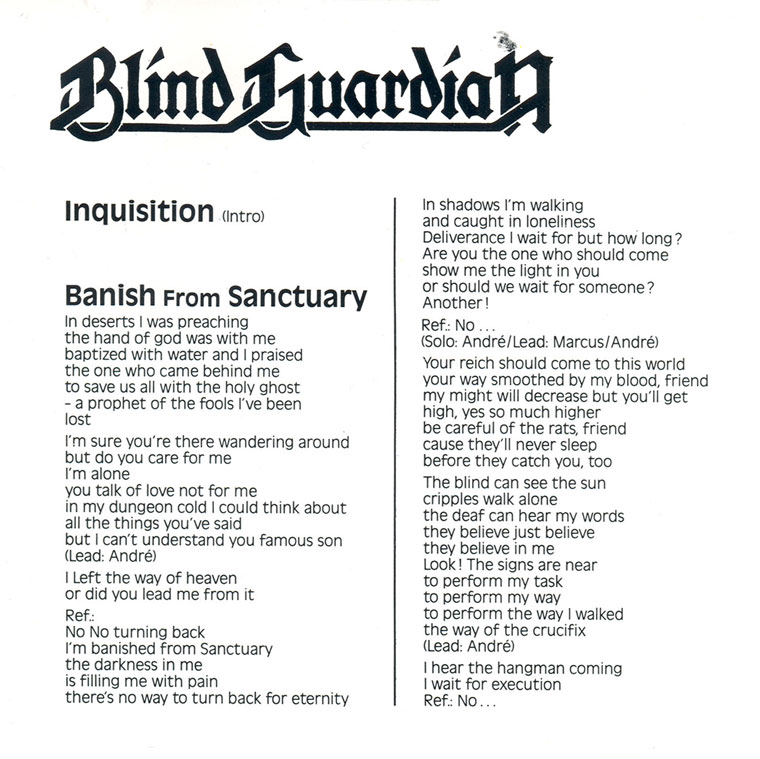 But directors and artists are so distrustful of Petipa's healthy laconicism and eloquence that lighting designer Linus Fellbom obscures the faces of thirty-two shadows.
But directors and artists are so distrustful of Petipa's healthy laconicism and eloquence that lighting designer Linus Fellbom obscures the faces of thirty-two shadows.
In the dances at the wedding, Nikiya-Semionova actively suffers from her face in the spirit of Vera Kholodnaya, despite the fact that the body conveys approximately the same set of emotions, which causes the effect of desynchronized dubbing. An overdose of emotions destroys the actual pantomime links that clearly mark the boundaries of form in good storyteller choreographers. In the solo of the second act, Nikiya is also cursed by any modern ballerina - a prop so beloved by the 19th century: in Ratmansky, Nikiya's sad adagio to a cello solo turned into a bayadère song with a sitar.
The instrument is hardly attached to the usual port de bras: raising her hands in flip jets, Semionova seems to want to break the hated sitar, and having changed it for a basket and trying to lean lower in arabesque penche, she begins to lean on the received props, like on a bench in a rehearsal hall. The plot falls into a crevice between "pure" dance and "pure" pantomime.
The plot falls into a crevice between "pure" dance and "pure" pantomime.
La Bayadère by Alexei Ratmansky
Ratmansky became a hostage to his own purist attitude towards notation, an attitude that he clearly formulated in the play booklet. The very appearance of this notation, which is very discrete, where letters-movements are hardly assembled into words-pa, and those into phrases and combinations, plays a cruel joke with the decoder. The notation says very little about the coherence within the plot form, turning the action into a sandwich: here they marched, here they danced, and here they imitated.
It is not surprising that Ratmansky barely succeeded in the pas d’action of the last act, lost in the 1920s, the form of which is the hardest to restore — because the question here is not “how to dance”, but “about what”. The ghost of the bayadère roams the stage, melancholy squeezing between the artists and the newlyweds: the spitting image of the first act of Bournonville's La Sylphide, only without the Bournonville wit.
Ratmansky, whose honesty in relation to the source cannot be doubted, creates something that the francophone ballet has never been - a composition of a hermetically sealed form. Any ballet in the 19th century was assembled from fusible materials, it was an open source program: the authors endlessly changed the endings, music and variations for the ballerinas, and the directors cut out unnecessary acts, adjusting the performance to the size of the evening. Ratmansky demonstrates a type of theater with negligible room for maneuver even in acting. It is difficult to explain what made Gamzatti—Yolanda Correa, a ballerina with a good jump—a hackneyed variation of Don Quixote, rather than finding profitable dances in the Harvard bins, which would have been consistent with nineteenth-century practice. On the other hand, the cautious Ratmansky Theater is a compact, fast and comfortable theater. It is convenient and easy to rehearse his reenactment ballets, it is convenient to plan guest contracts for them and not to keep an bloated staff of artists.
In recent years, Alexei Ratmansky has become almost a monopoly holder of the rights to Russian classics in the West - and the influence of his philosophy of working with heritage will be felt by the ballet theater for years to come. Sergeev's notation turns here into a mixture of a quest with a puzzle: put it together - and voila: instead of Shiva, who is supposed to be in La Bayadère, the gilded Marius Ivanovich Petipa himself sits. However, the Harvard manuscripts document not so much Petipa’s choreography as his era, where in the Brussels theater La Monnaie, native to the founder of Russian ballet, superstars Fanny Cerrito and Maria Taglioni shared the stage in line with a circus horse and a Tyrolean yodel – and were obliged to be at least as boring.
The Berlin context (or, as they like to say here, the cultural landscape) with an endless offer of everything in the world, for the new La Bayadère is the same competitor: a horse with a yodel.
Alexey Vasilenko, colta. ru
ru
On this subject:
Ghosts and legends in Prague . Every even slightly remarkable palace or medieval castle in Europe boasts at least one ghost roaming its corridors. There are dozens of such houses and places in Prague. You can stumble upon a ghost or a ghost at almost every step along the way to the Old City. All you have to do is know where to look and do it carefully.
If this topic interests you, book your Ghost Walk online.
Ghost Monument
Prague residents love their ghosts and even erected a monument to one of them! This is Iron Man, whose statue is on the corner of the New Town Hall building.
The ghost of Yachim Berk suffers even after death, and not in vain. After returning home from the war, he believed the rumors and rejected his fiancee. By marrying the girl next door, Burke realized what a mistake he had made. His rejected fiancee and her father took their own lives, and his wife Yahima turned out to be a lazy drunkard.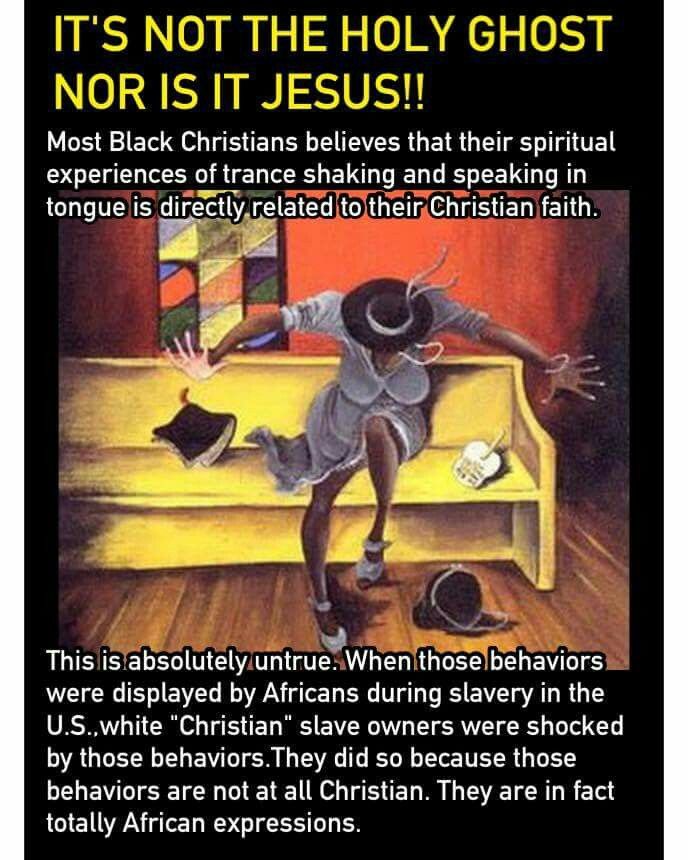
He handled the situation very harshly: strangled his wife and hanged himself in the basement. But even then he did not find peace. Hoping to be rescued, Burke's ghost began to roam Platnéřská Street. He gets a chance to be saved every hundred years, after an hour-long conversation with an innocent girl. But these days, such a girl is not easy to find, and talking to women will not save Yahima.
Even the Tyn Cathedral does not sleep at night
In the courtyard of the Tyn Cathedral there is the so-called “Ungelt”, where you can meet a Turk walking around on moonlit nights, dragging the severed head of a girl with chestnut braids behind him. This passionate subject of oriental appearance asked for the hand of the innkeeper's daughter. Before getting married, he went home, and when he returned four years later, his fiancee was going to marry another. The Turk instantly developed a plan of action. After he failed to beat the groom - he hid in the toilet - he decided to at least take revenge on his former lover and cut off her head. At the same time, the Turks did not expect at all that in this way he would sentence himself to eternal wanderings in a foreign land.
At the same time, the Turks did not expect at all that in this way he would sentence himself to eternal wanderings in a foreign land.
“Sněžibaba” (the ghost of the snow woman) also wanders around the area around the Tyn Cathedral. It can only be found when it snows. This is the ghost of a church minister's wife who was so lazy that her husband had to do all the housework, including cooking and cleaning. One winter, the clerk fell ill, and his wife did not cook food and remove the snow, which was very much that day. The clerk got hungry, got out of bed and broke his hip, and a week later he died from this injury. Since then, when it snows, an old woman with a broom appears at the Tyn Cathedral and tirelessly sweeps it ...
In the tower of the Tyn Cathedral you can meet a "nun with a bell". This is the ghost of an evil noblewoman who terrorized and constantly mocked her servants. She once strangled a maid for refusing to hand her a comb during prayer. Realizing that she probably exceeded the permitted limit of cruelty, the noblewoman went to a monastery and devoted the rest of her life to caring for the poor. In addition, she gave all her wealth to the poor and donated a lot of money for a new bell for the cathedral. From time to time a woman appears in a monastic robe next to the donated bell and rings it.
In addition, she gave all her wealth to the poor and donated a lot of money for a new bell for the cathedral. From time to time a woman appears in a monastic robe next to the donated bell and rings it.
Jewish Quarter
The Jewish Quarter in Prague is another place that can be very interesting at night. An hour before midnight, at the Jewish cemetery, you can encounter a figure wrapped in a cloak with a hood, which is walking towards the Vltava. This is the spirit of a former organist - a baptized Jew who is confused in religions. From the Jewish community, he converted to Christianity, becoming one of the most popular priests in St. Vitus Cathedral. Shortly before his death, he again returned to Judaism and was buried on Jewish soil. He did not find peace even after death. At eleven o'clock at night, he rises from the grave and goes to the Vltava River, where a skeleton awaits in the priest's boat, ferrying and accompanying him to St.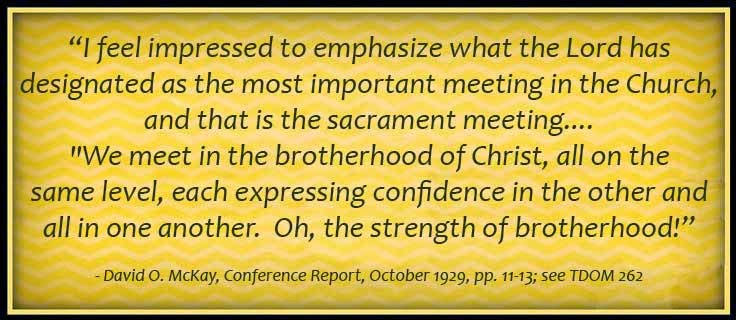 Vitus Cathedral. Here the Jewish priest plays the organ, and the skeleton helps him with the bellows. At one o'clock in the morning they both return.
Vitus Cathedral. Here the Jewish priest plays the organ, and the skeleton helps him with the bellows. At one o'clock in the morning they both return.
The dancing Jewish woman is a very dangerous ghost. She strives to dance to death anyone who agrees to dance with her. This girl was one of the ten "maidens of the night" who worked in "u Kučerů" - an entertainment establishment in the house on Ozerova Street. While all such establishments were closed on Good Friday, here this day remained working. The most daring of the girls was a beautiful Jewish woman. At eleven o'clock at night, the doors opened and a male figure entered the room, dressed in a black robe with a red hood on his head and with a whip in his hand. He began to flog all the girls and force them out into the street. A beautiful Jewish woman received the most blows, and after the beating, he ordered her to dance until Judgment Day.
Another Jewish woman whose ghost haunts the Old City is known as the "Jewish Strangler".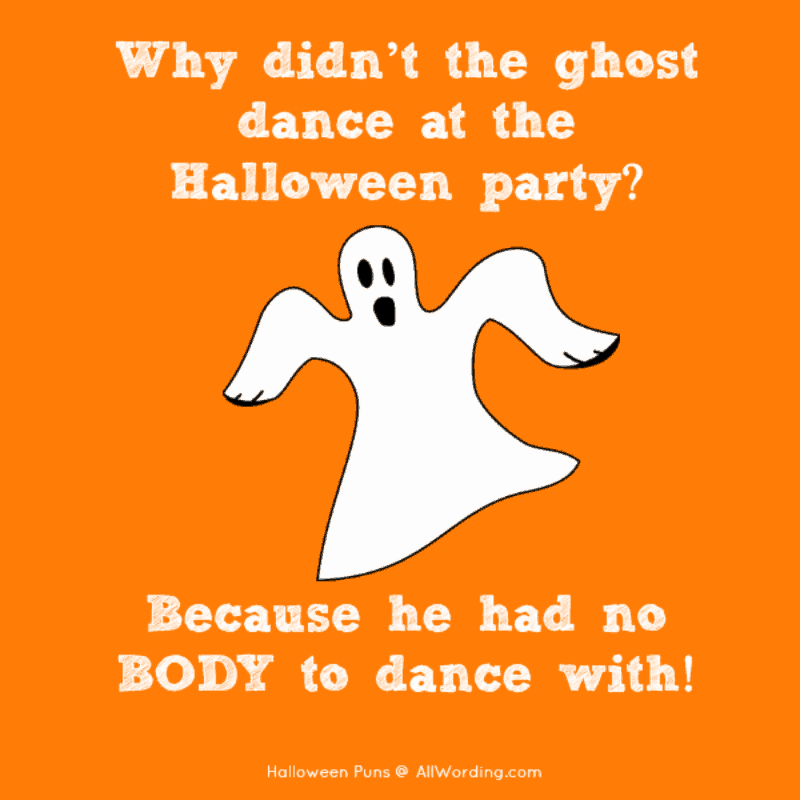 Her fate was sealed when she chose Anselm, a monk from the monastery of St. Nicholas, as her beloved. From her parents' house there was a secret passage leading to the monastery crypt, where the lovers met. After some time, they were found by the abbot, who put an end to their relationship. Anselm silently moved to a remote monastery and never saw his beloved again. The young girl went mad with grief and continued to go to the crypt, where she cried and called for her beloved. In a fit of sympathy, the abbot descended to console the girl, but she knocked him down and strangled him. To this day, the girl appears at the place where the tragedy occurred, looking for a new victim for revenge. If there is no priest nearby, she will not pay attention to a mere mortal.
Her fate was sealed when she chose Anselm, a monk from the monastery of St. Nicholas, as her beloved. From her parents' house there was a secret passage leading to the monastery crypt, where the lovers met. After some time, they were found by the abbot, who put an end to their relationship. Anselm silently moved to a remote monastery and never saw his beloved again. The young girl went mad with grief and continued to go to the crypt, where she cried and called for her beloved. In a fit of sympathy, the abbot descended to console the girl, but she knocked him down and strangled him. To this day, the girl appears at the place where the tragedy occurred, looking for a new victim for revenge. If there is no priest nearby, she will not pay attention to a mere mortal.
Karlova and its surroundings
Here you can also see a lot of interesting things. At midnight, a crazy hairdresser can scare you. During the reign of Rudolph II, he was a very respected and wealthy citizen, but the work of a barber did not suit him.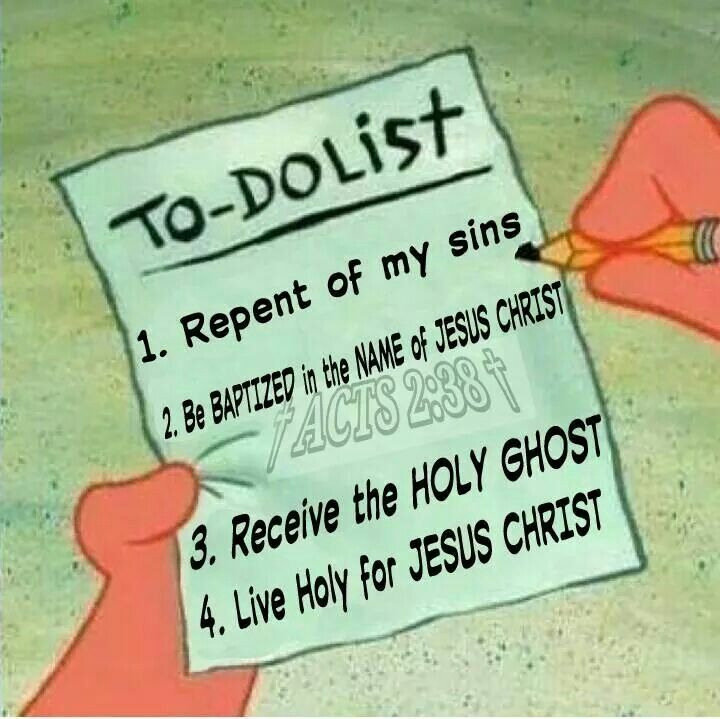 The hairdresser became interested in alchemy and began to try to make gold at home. The venture failed and the family quickly became impoverished. The daughters ended up in brothels, and his wife threw herself off the castle wall. The barber went crazy and started attacking passers-by with a razor. The soldiers he attacked severely beat him, and at night the barber died without waiting for help. To this day, the barber wanders the streets, persuading passers-by to let him shave them, but, looking at his crazy smile, he hopes in vain.
The hairdresser became interested in alchemy and began to try to make gold at home. The venture failed and the family quickly became impoverished. The daughters ended up in brothels, and his wife threw herself off the castle wall. The barber went crazy and started attacking passers-by with a razor. The soldiers he attacked severely beat him, and at night the barber died without waiting for help. To this day, the barber wanders the streets, persuading passers-by to let him shave them, but, looking at his crazy smile, he hopes in vain.
U Zlate Studny (At the Golden Well) boasts its own ghost. This is an unfortunate maid who believed that treasures were hidden behind the house, at the bottom of the well. Many thought about this, but only she ventured to bend over the edge of the well in search of wealth. Unfortunately, the girl fell and drowned. After this tragedy, the owner of the house was forced to find a new maid and clean the well. While cleaning the well, he did indeed find mythical treasures, but this did not help the poor maid.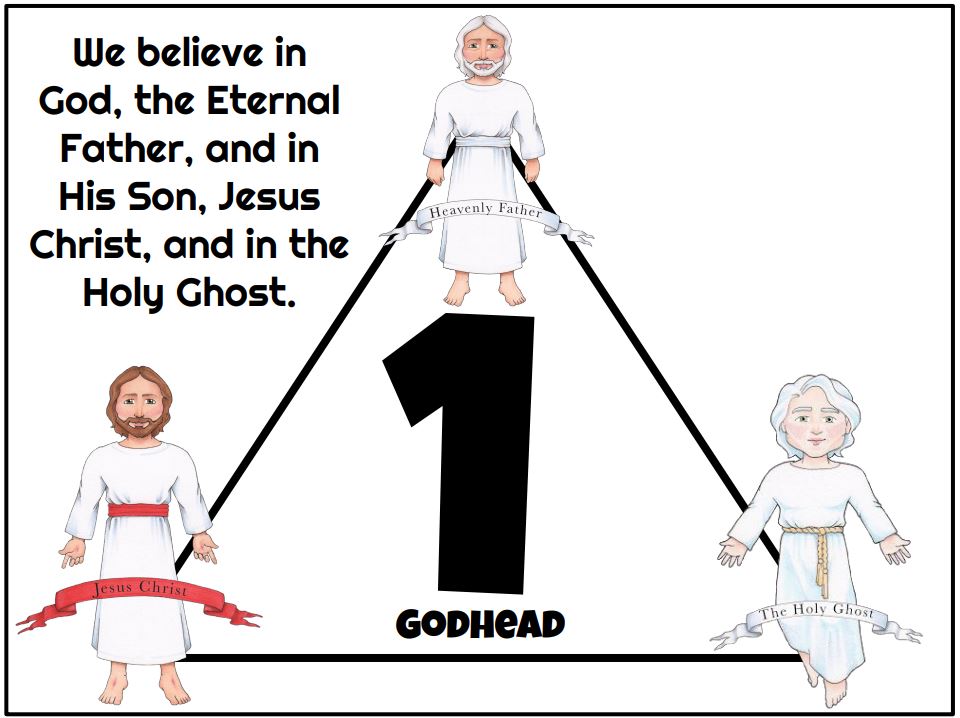 She became a scary ghost, waiting for someone to come to save her. All she needs is one coin from that hoard. But where is it to be found today?
She became a scary ghost, waiting for someone to come to save her. All she needs is one coin from that hoard. But where is it to be found today?
In the presence of fire, a "man on fire" can be seen. During his lifetime, he was a big miser and rejoiced only in the brilliance of the growing number of his gold coins. When a fire broke out in a neighboring house, he only thought about his wealth, so he grabbed a heavy bag and ran out with it. But on Kaprova Street he had a heart attack. The bag fell and opened, and all the passers-by rushed to collect money, instead of helping him. After his death, the miser did not find peace, and to this day continues to walk the streets with his bag. He can only be saved by someone who helps him carry the bag to Malý Rynek.
Ghosts in Prague
These are just a few examples of ghosts that can be found in the capital. Almost every corner of the city, every street and every house (of which there are many in Prague) has its own ghost.


